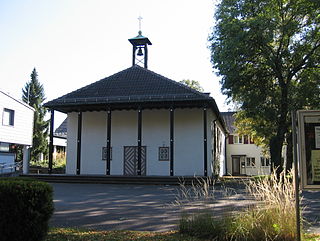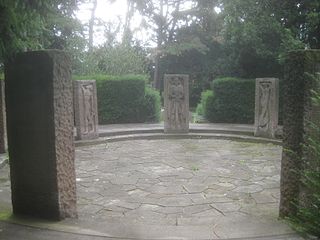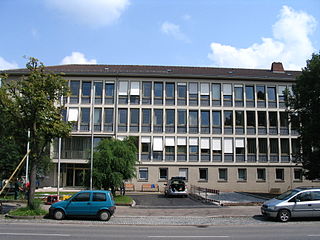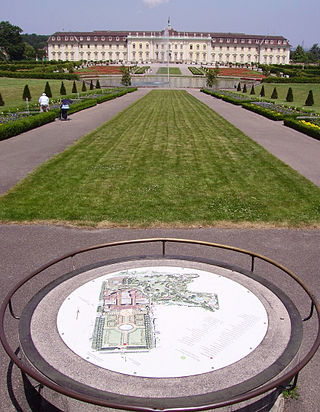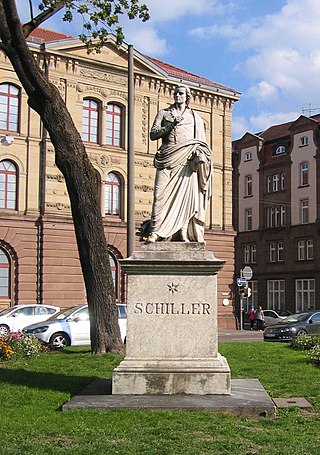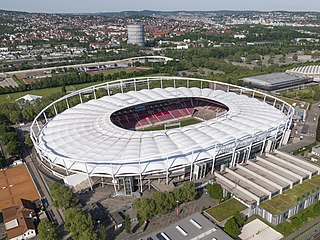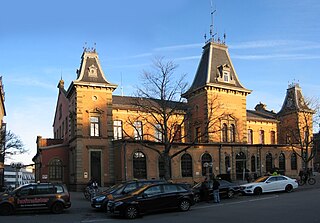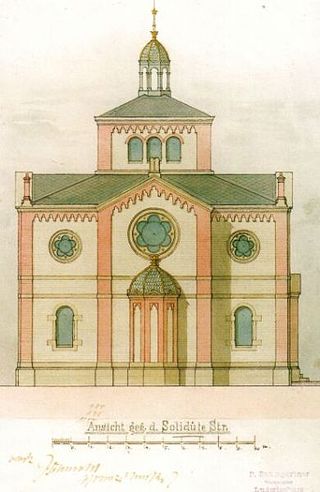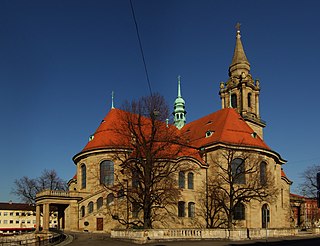Self-guided Sightseeing Tour #2 in Ludwigsburg, Germany
Legend
Tour Facts
5.1 km
38 m
Experience Ludwigsburg in Germany in a whole new way with our free self-guided sightseeing tour. This site not only offers you practical information and insider tips, but also a rich variety of activities and sights you shouldn't miss. Whether you love art and culture, want to explore historical sites or simply want to experience the vibrant atmosphere of a lively city - you'll find everything you need for your personal adventure here.
Individual Sights in LudwigsburgSight 1: Auferstehungskirche
The Protestant Church of the Resurrection in Ludwigsburg was built in 1934 as a provisional wooden church by the Ludwigsburg architect Hermann Gabler and was initially another preaching site of the Ludwigsburg City Church. The church of the parish of the same name in the Protestant deanery of Ludwigsburg is a church building of the Evangelical Church in Württemberg, Germany. Due to the influx of refugees, it had to be expanded in 1952 and thus received its present form.
Sight 2: Kriegerehrenmal 1914/18
The war memorial 1914/18 was erected in 1924 by the city of Ludwigsburg in memory of its war dead in the so-called cemetery of honour of the Old Cemetery.
Sight 3: Amtsgericht Ludwigsburg - Insolvenz und Familiengericht
The Ludwigsburg District Court is a court of ordinary jurisdiction. It is one of eleven district courts in the district of the Stuttgart Regional Court.
Sight 4: Blühendes Barock
The gardens around the residential palace in Ludwigsburg in Baden-Württemberg are called Blooming Baroque.
Sight 5: Schlange
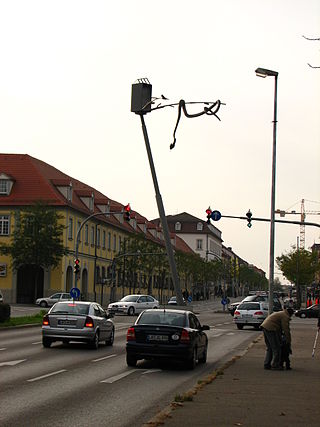
The Snake Over Intersection is an art installation by Dutch artist Auke de Vries in Ludwigsburg.
Sight 6: Landesarchiv Baden-Württemberg
The Staatsarchiv Ludwigsburg, located in Ludwigsburg, Germany, is a public institutional repository for roughly 680 state authorities within the District of Stuttgart, Germany.
Sight 7: Schiller-Denkmal
The Schiller Monument in Ludwigsburg near Stuttgart is the work of the Ludwigsburg sculptor Ludwig von Hofer. He created the marble statue in Carrara in 1880 and donated it to his hometown, which had it erected in 1882 in the center of the triangular Schillerplatz in Ludwigsburg.
Sight 8: Dr. David Schmal
In the list of stumbling stones in Ludwigsburg, 96 of the 99 Stolpersteine (Stumbling Stones), which were laid in Ludwigsburg on a total of 14 dates as part of the project by the artist Gunter Demnig. The first Ludwigsburg Stumbling Stones were erected on September 27, 2008, the last ones so far on May 17, 2024.
Sight 9: MHPArena
Neckarstadion, officially known as MHPArena for sponsorship reasons, is a stadium located in Stuttgart, Baden-Württemberg, Germany, and home to Bundesliga club VfB Stuttgart. It hosted football matches in the 1974 FIFA World Cup, the UEFA Euro 1988, the 2006 FIFA World Cup, and the UEFA Euro 2024. Besides that the 1959 European Cup Final, the replay of the 1962 European Cup Winners' Cup final, the 1988 European Cup Final, and the second leg of the 1989 UEFA Cup final took place in the stadium. The stadium is the only venue in Europe to have hosted multiple World Cup, European Championship and European Cup/Champions League Final matches. The stadium hosted the 1986 European Athletics Championships and the 1993 World Athletics Championships before it was redeveloped into a football-specific stadium in 2009.
Sight 10: Pflugfelder Torhaus
The originally at least eight gatehouses of the baroque city of Ludwigsburg were part of the former city fortifications. This consisted of a wall about 6 kilometres long and up to 3.5 m high, which was equipped with gates at its entrances and exits. Each gate system had a gatehouse connected to the city wall, which served as a guard house and customs house. However, the aim was not so much to guard the city from external enemies, but rather to prevent the soldiers, some of whom were forcibly recruited and barracked in the city, from deserting. Of these gatehouses, six are still preserved today; these are listed as historical monuments.
Sight 11: Musikhalle
The Musikhalle Ludwigsburg at Bahnhofstraße 19 in Ludwigsburg is a representative historicist hall building from the late Wilhelminian period.
Sight 12: Synagogenplatz
The synagogue in Ludwigsburg was a sacred building that existed from 1884 to 1938.
Sight 13: Friedenskirche
The Friedenskirche is a Protestant church in Ludwigsburg, Württemberg, Germany. It was built as a garrison church by the Munich architect Friedrich von Thiersch in the period from 27 December 1900 to 31 March 1903.
Share
How likely are you to recommend us?
Disclaimer Please be aware of your surroundings and do not enter private property. We are not liable for any damages that occur during the tours.
GPX-Download For navigation apps and GPS devices you can download the tour as a GPX file.
